By Brooke Loving-Bagwell, PLF Intern
Can you name all of the continents that have a tundra biome? Ask a student in the sixth grade Science Club at Knar school and they will readily tell you the answer, especially if there is a prize at stake. On Friday the PLF crew visited Knar Primary School to put on a special scavenger hunt, to celebrate the conclusion of their three month long investigation into the world’s habitats. Sprinting from one station to the next, the students quizzed their knowledge on the world’s biomes, adaptation, and the food chain.
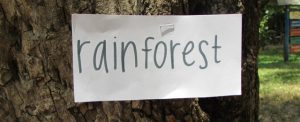
This new buzz on biomes is just one component of the extracurricular science curriculum that PLF is introducing at Knar school. This new science curriculum—implemented through the sixth grade Science Club—intends to supplement the existing Cambodia-centric syllabus in place in their public school classes.
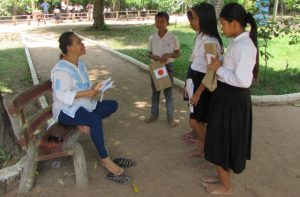
Ponheary asks a series of questions which the teams must answer correctly in order to get the next clue.
Interactive lessons about the earth and its inhabitants spark wonder and curiosity among the students, who, would not otherwise learn about the world beyond Cambodia. The mandated science curriculum that students learn in their regular science class briefly touches on native geography and the rainforest biome, but excludes the rich diversity of life outside of the country’s borders.
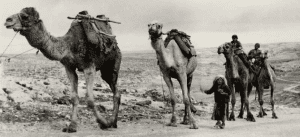
The students were particularly fascinated with learning about indigenous people who have adapted to life in extreme climates.
Without the knowledge of what lies beyond one’s village, what is there to challenge or to learn about the world? In teaching students about earth’s diverse landscapes and inhabitants, the PLF hopes that the Science Club will fuel students desire to learn more about the world around them.
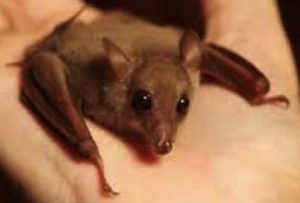
The new curriculum puts equal emphasis on the ways in which our natural world is connected. Munching on durian fruit (a Cambodian delicacy) the students learn about why the fruit is so expensive at the market. Linking the durian to its endangered pollinator, the dawn bat, the students recognize the correlation between the high price of durian and the impact of habitat destruction in Cambodia. These connections are important to understand, especially in a country that has one of the highest deforestation rates in the world.
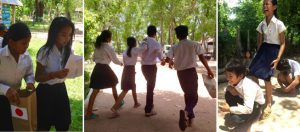
Students engage in a high energy Rainforest Scavenger Hunt, capping off a three month course in Biomes.
For now, the Science Club remains an after-school extracurricular for sixth grade students at Knar school. The class is entirely voluntary, yet the desks are filled with students eager to learn about the seasons, igloos, and the speed of cheetahs. Through games and fun, the Science Club is achieving double aims—educating students about the world beyond them while igniting the passion for knowledge within them.

Next up for the Science Club is a study of Human Biology followed by an introduction to Physical Science. Anyone who fancies themselves a science nerd needs to come on over~!

Recent Comments